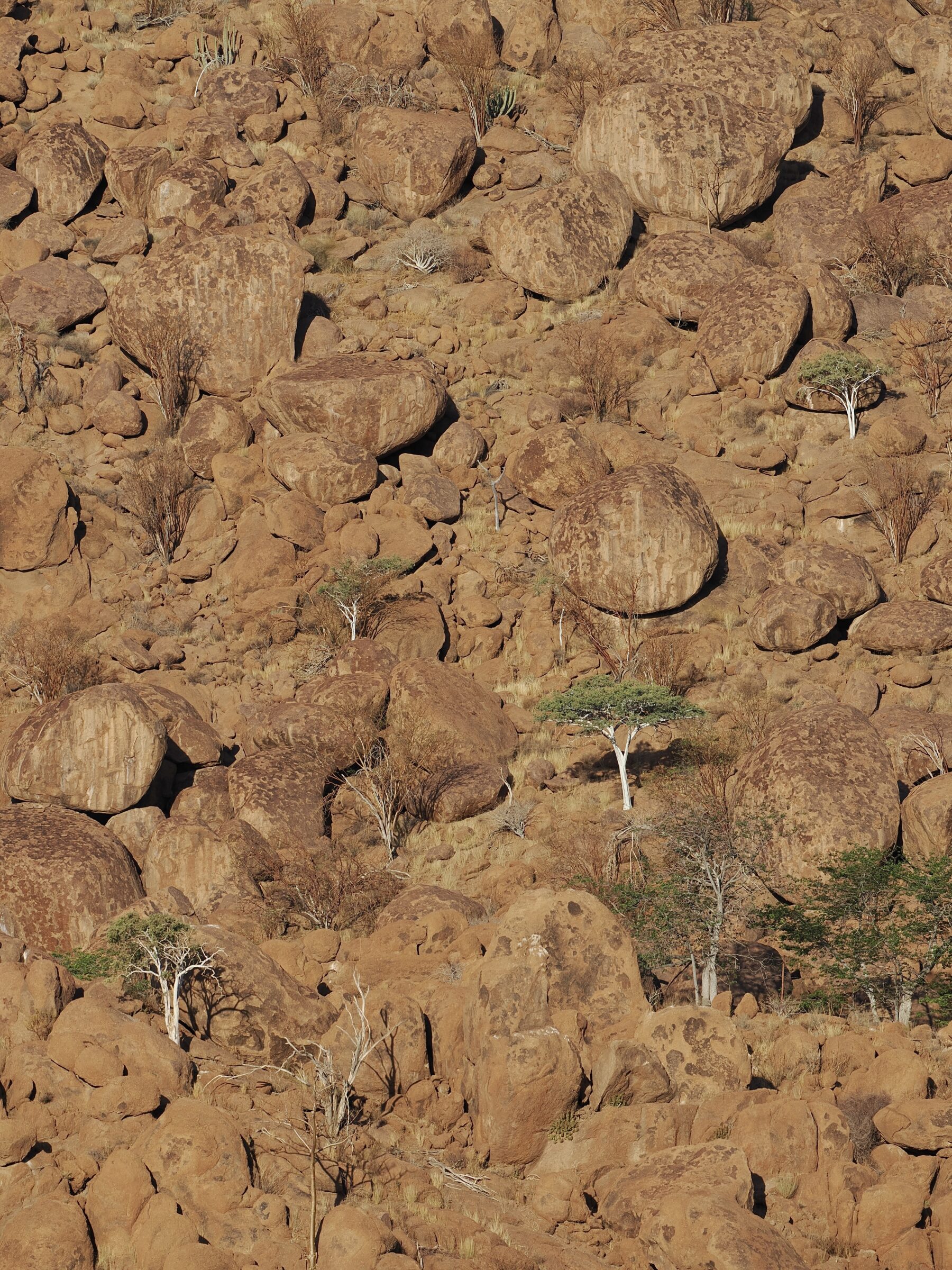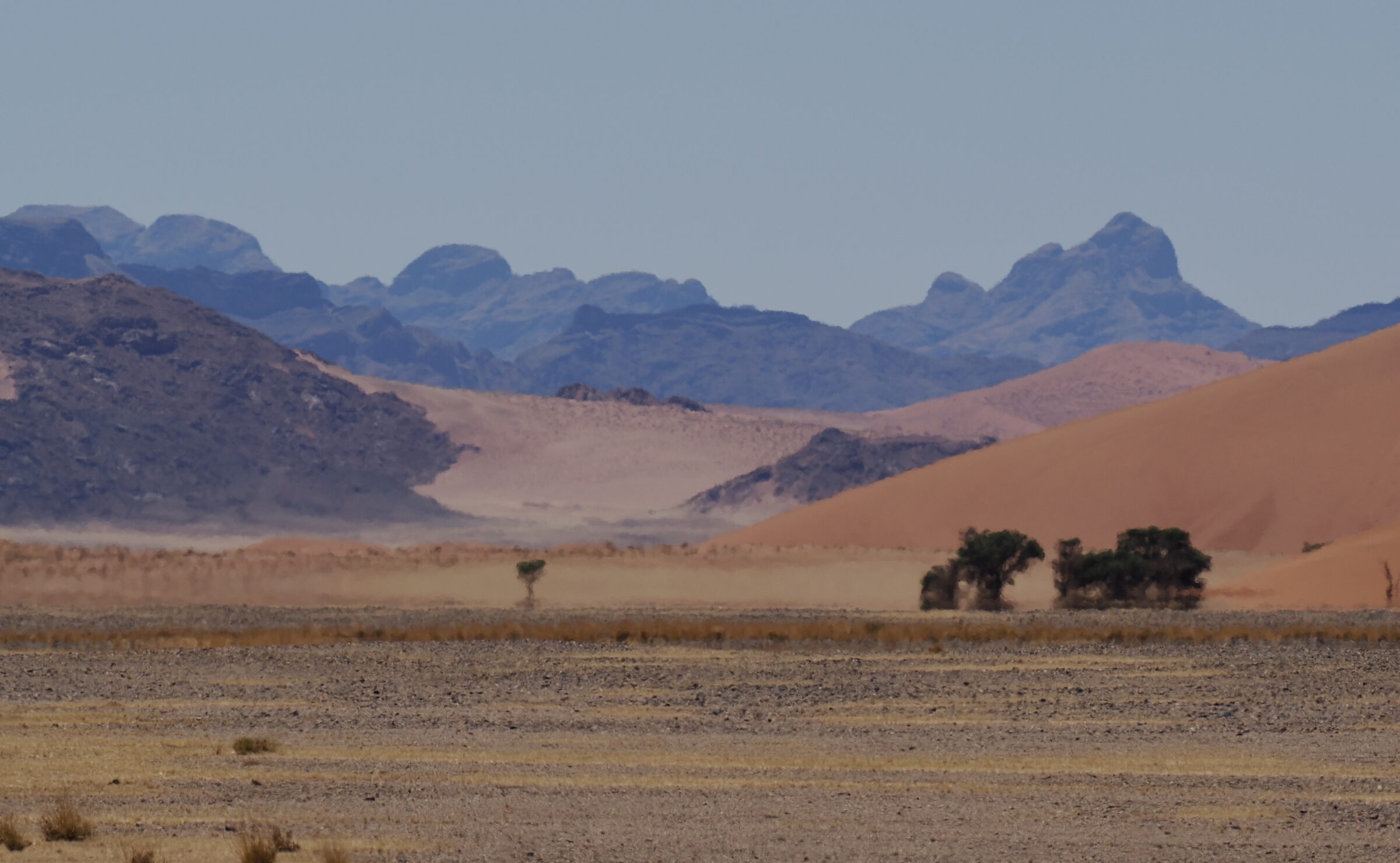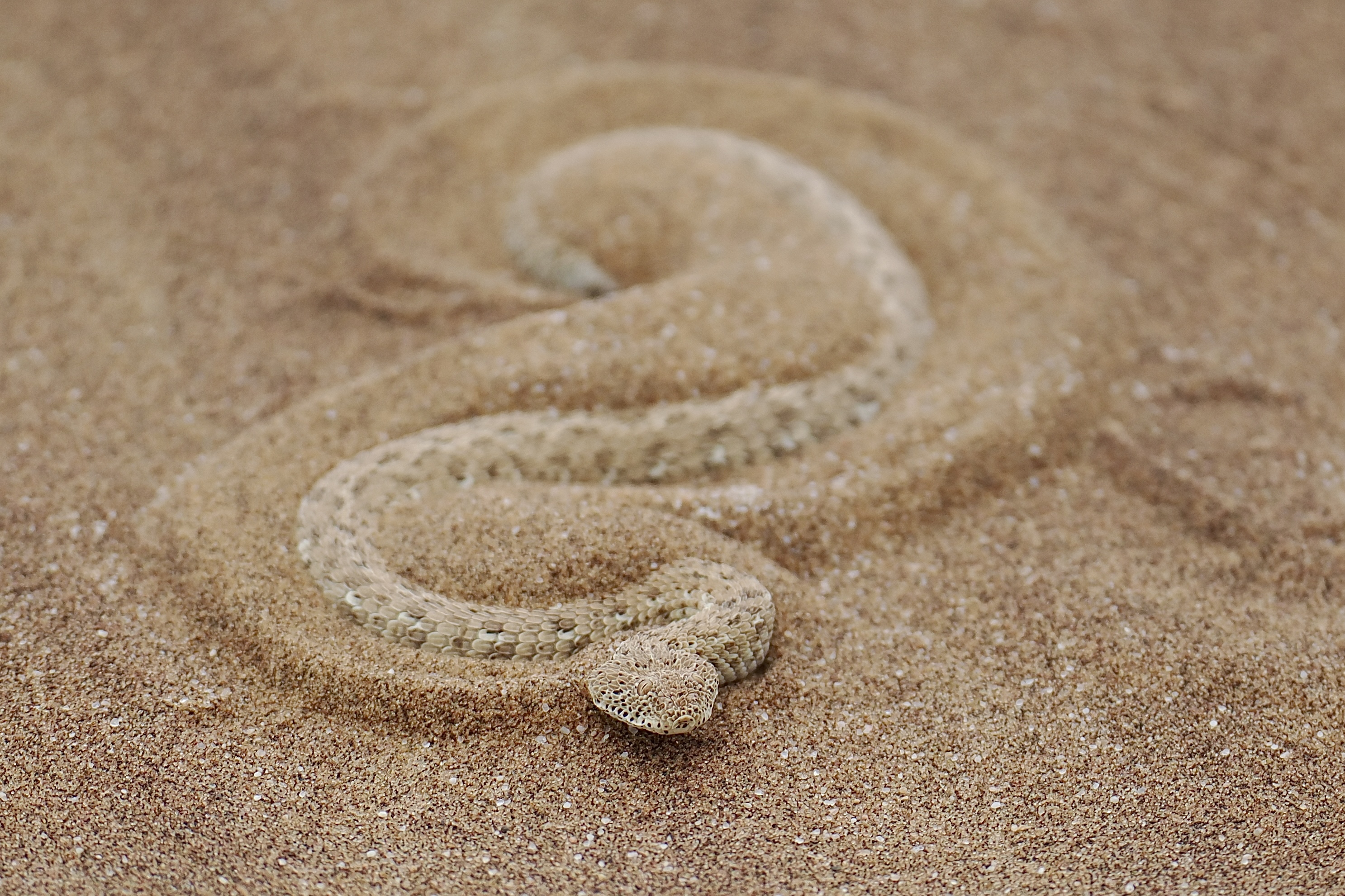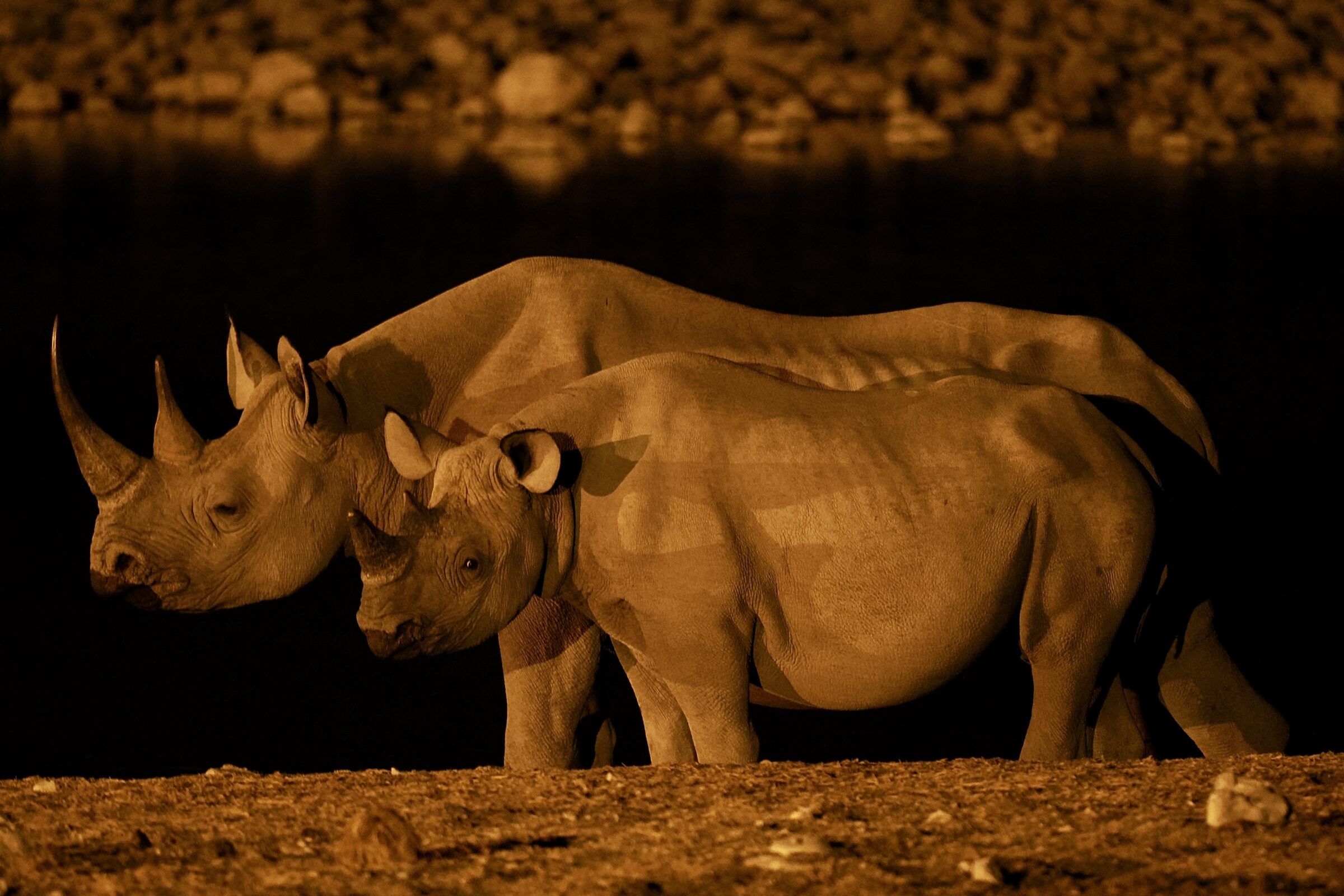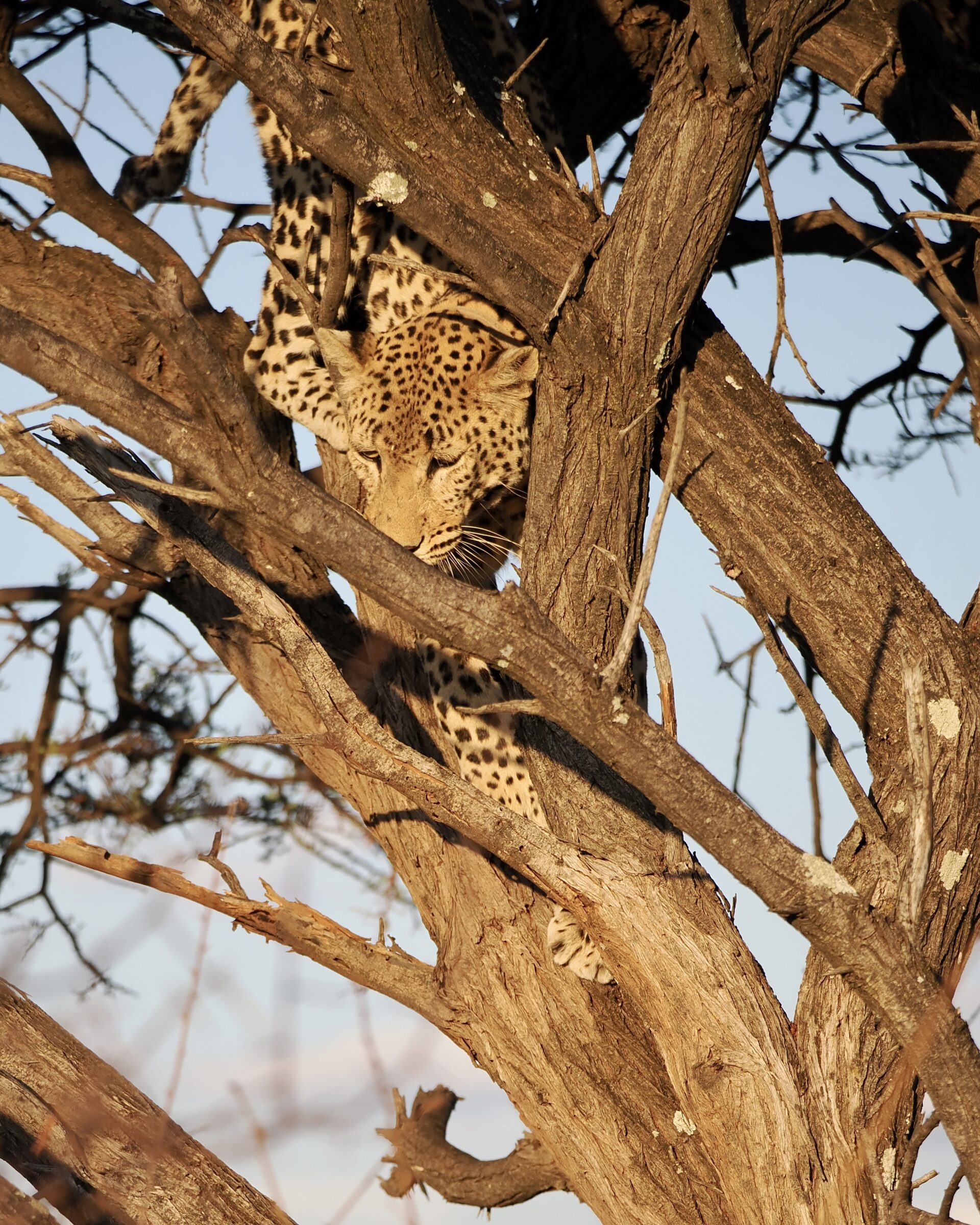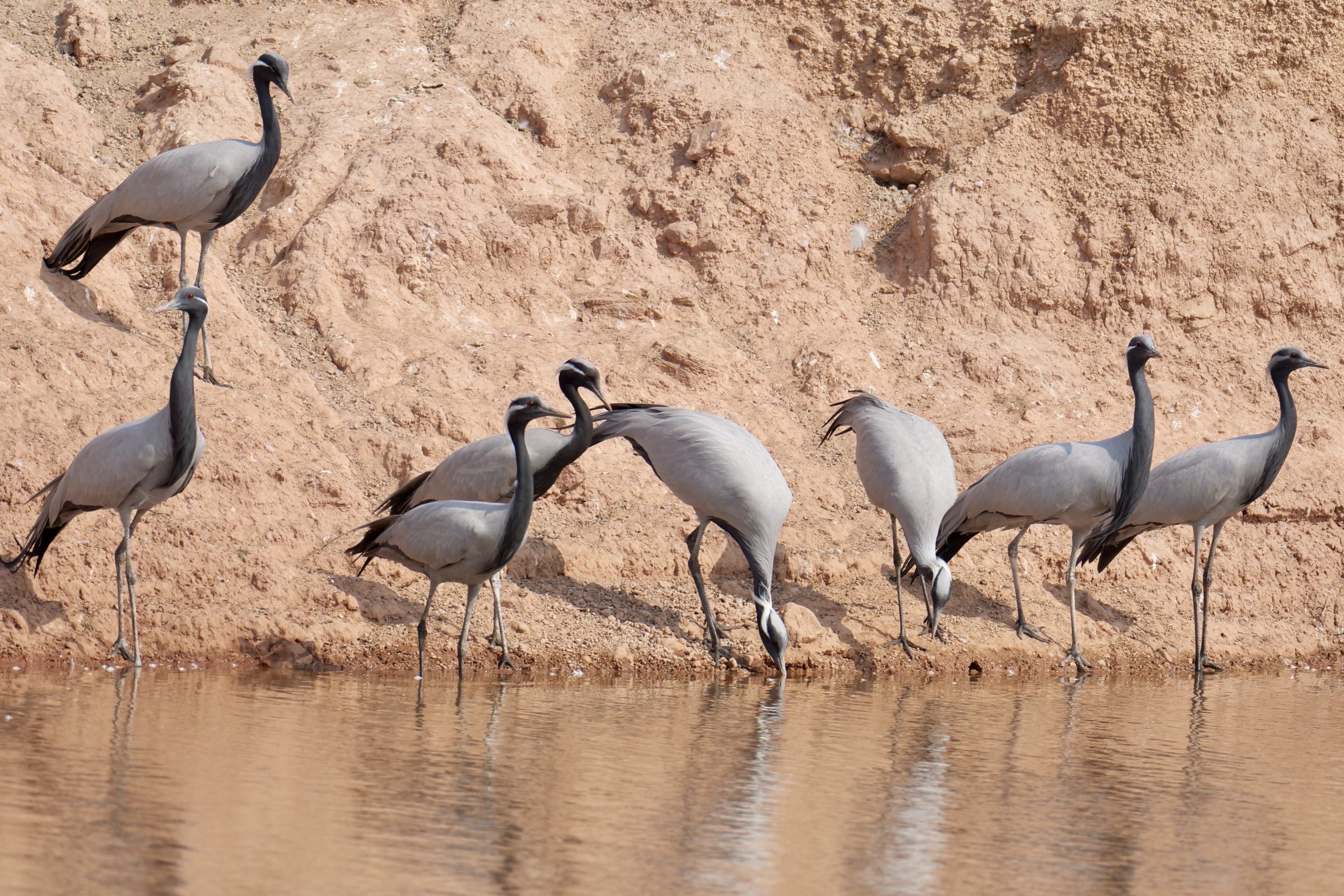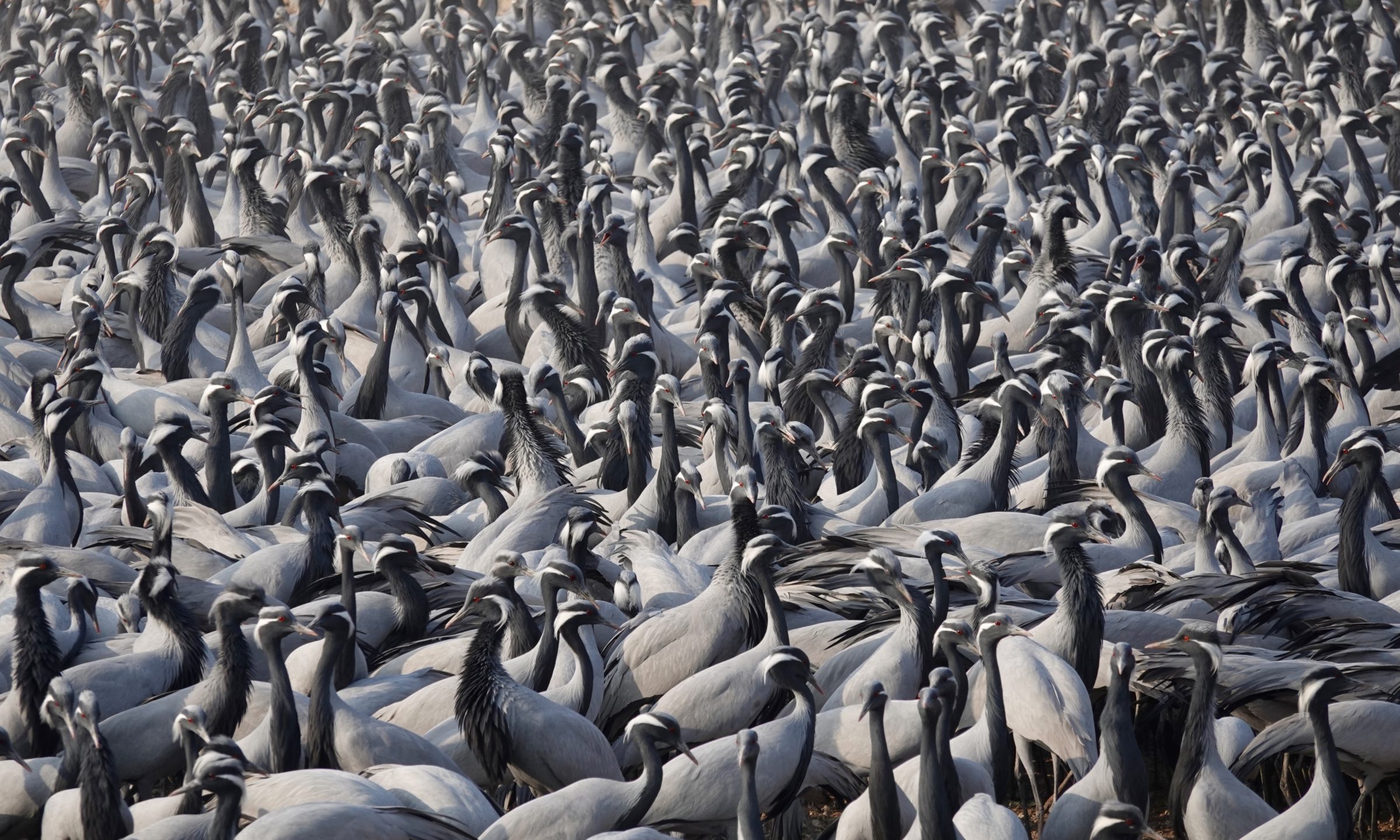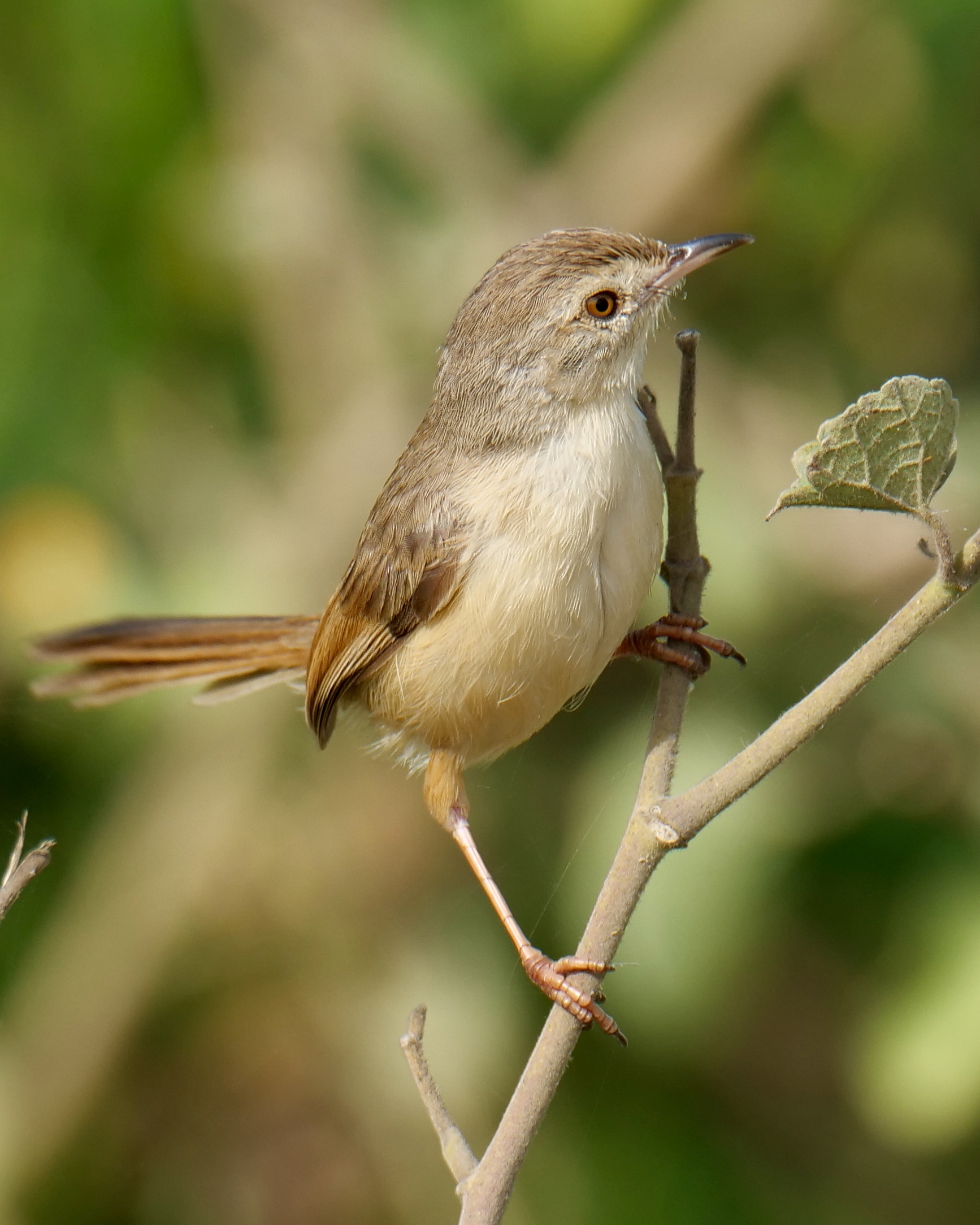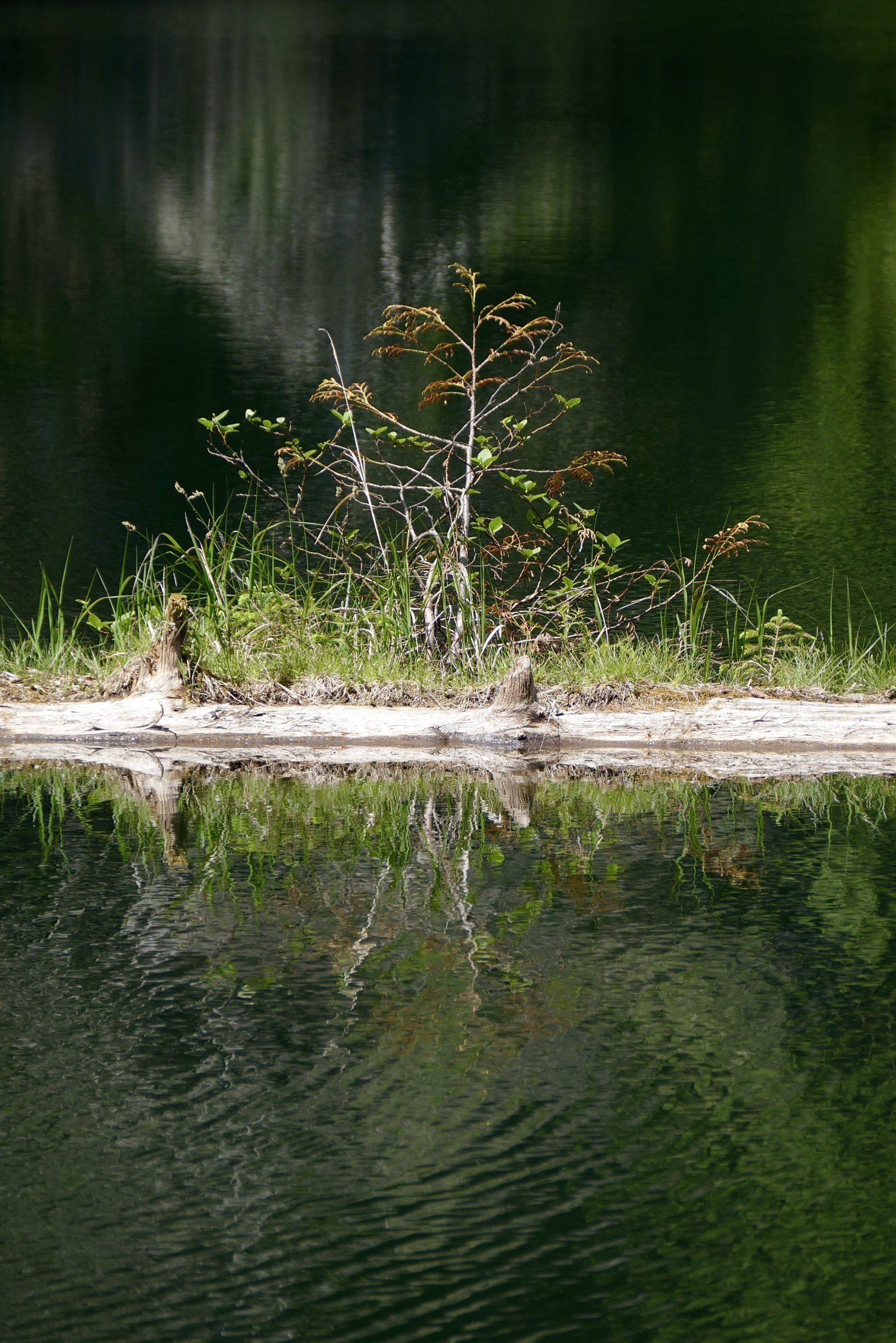The Namib’s “sand sea” has to be seen to be believed…and when you do see “our” planet’s most exquisite dunes, you may still wonder if you are dreaming, or hallucinating.
Namibia also has the most beautiful rock faces I have ever seen; as is also true of Central Australia’s rocky ranges and outcrops, their beauty is in part thanks to the highly specialised vegetation with which they are sparely “punctuated”, rather than fully “clothed”.
Comments closed